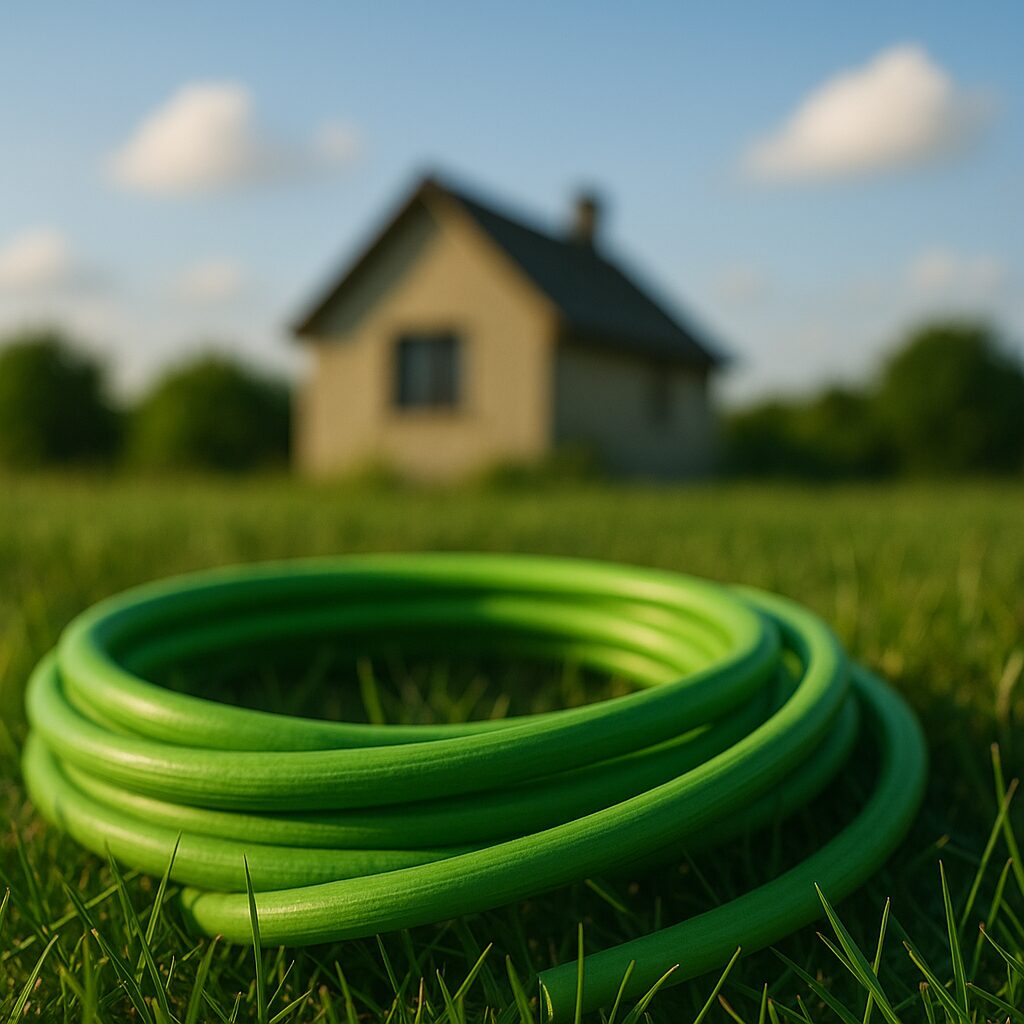
Why Precision Planning and Operations Matter for Sustainability
A recent expert opinion highlights that sustainable Fiber-to-the-Home (FTTH) networks don’t have to compromise on efficiency or profitability. Two key strategies can significantly improve the ecological footprint of network rollouts and operations:
1. Precision Planning with GIS-Based Tools
-
Advanced planning platforms allow operators to simulate rollout scenarios, minimize excavation, and make the most of existing infrastructure.
-
This reduces unnecessary digging, cuts material waste, and ensures that planning and field teams work more efficiently together.
2. Smart Operations with Remote & Predictive Maintenance
-
Remote monitoring tools and predictive analytics help detect and resolve network issues early — often without dispatching technicians.
-
This not only reduces vehicle emissions but also extends the lifetime of deployed assets and minimizes downtime.
📉 Environmental Impact: Tangible Reductions
-
FTTH networks produce up to 96% fewer operational emissions compared to hybrid-fiber coax (HFC) systems, and about 7% lower CO₂ emissions during installation.
-
A single FTTH OLT port consumes around 0.42 to 0.83 kg of CO₂e per year, compared to over 11 kg for HFC.
-
Fewer active components mean lower energy usage, higher reliability, and reduced maintenance costs.
🔁 Synergy Pays Off
Combining digital planning with smart operations leads to:
-
Fewer redesigns and unnecessary construction
-
Less waste and disruption on-site
-
Improved long-term network sustainability — even in rural rollouts
💡 Bottom Line
FTTH networks that leverage precision engineering and digital operations are not only more environmentally friendly, but also more cost-efficient and resilient. Sustainable design isn’t just good for the planet — it’s smart business.
Source: Based on expert insight by Jay Cadman (SVP, IQGeo Americas) originally published on The Fast Mode and Broadband Communities Magazine
→ Read the full article